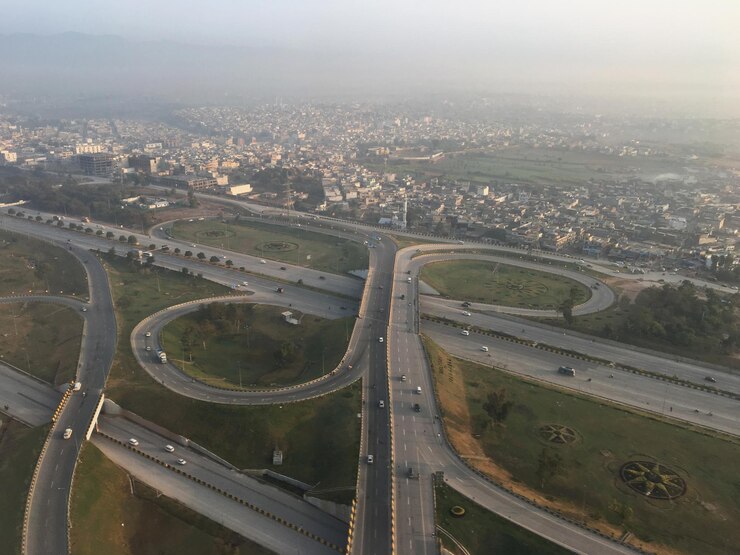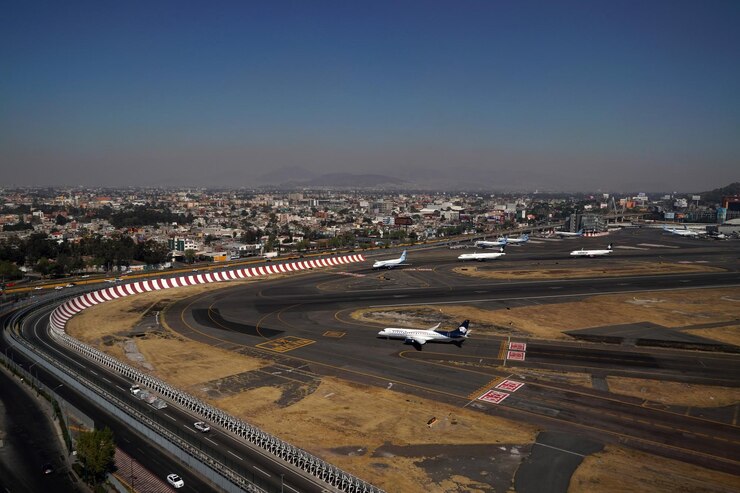Visakhapatnam’s Six-Lane Highway Project Gains Momentum
Visakhapatnam, a vital industrial and port city in Andhra Pradesh, is set to witness a transformative infrastructure upgrade with the six-lane highway project gaining traction. This ambitious initiative aims to enhance regional connectivity, streamline transportation, improve the traffic congestion and boost economic activity in the region. The highway project is part of India’s broader infrastructure development under schemes like Bharatmala Pariyojana, reinforcing the government’s commitment to modernizing the nation’s road network. Project Overview The proposed six-lane highway spans approximately 12.66, connecting key industrial zones and ensuring smoother transit for freight, improve the traffic congestion and improving regional connectivity: Route Details: Union Minister of Road Transport and Highways Nitin Gadakari announced on X that this highway will connect Anakapalli – Anandapuram NH16 corridor to SheelaNagar junction on NH516C in Visakhapatnam district. Project Cost: The ministry of Roads and Highways sanctioned around 964 crores for this project. Objective: This Highway will help in smooth Cargo evacuation and by eliminating traffic interference and effectively separating traffic of Sheelanagar – Anandapuram leading to more connectivity to Vishakapattnam port which will lead to more logistical efficiency. Current Progress and Milestones The project, spearheaded by the National Highways Authority of India (NHAI), has reached significant milestones: Tendering and Approvals: Key approvals and environmental clearances have been obtained, expediting the construction process. Work Initiation: Groundwork, including land acquisition and initial construction phases, is already underway. The project is projected for completion by mid-2026, aligning with the government’s infrastructure targets. Economic and Social Impacts Economic Growth: The highway is expected to enhance trade efficiency, particularly benefiting industries reliant on Visakhapatnam’s port for exports and imports. A projected 15% reduction in logistics costs for regional industries. Over 10,000 jobs are being created during the construction phase, providing opportunities for local workers. Regional connectivity will increase and the traffic of Sheelanagar – Anandapuram will decrease by 20%. Conclusion The six-lane highway project is a cornerstone of Visakhapatnam’s infrastructure growth, promising significant benefits for the region’s economy, connectivity, and community development. As progress continues, this project stands as a testament to the transformative potential of well-planned highway infrastructure in driving regional and national growth.
Visakhapatnam’s Six-Lane Highway Project Gains Momentum Read More »

